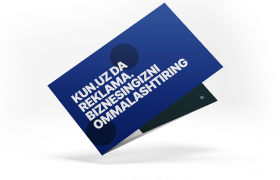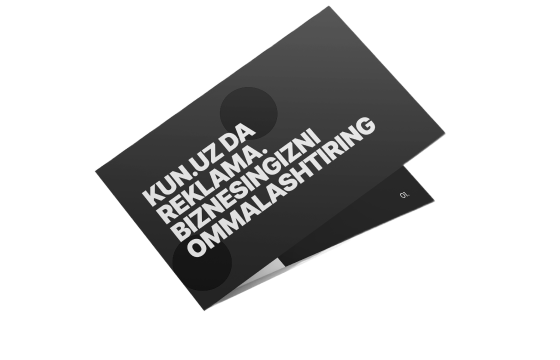What’s keeping Abdukodir Khusanov on the bench? Analyzing the young star’s situation at Manchester City
Kun.uz columnist Qahramon Aslanov analyzes the situation surrounding the Uzbek defender’s bright period at Manchester City and the subsequent series of games without playtime.
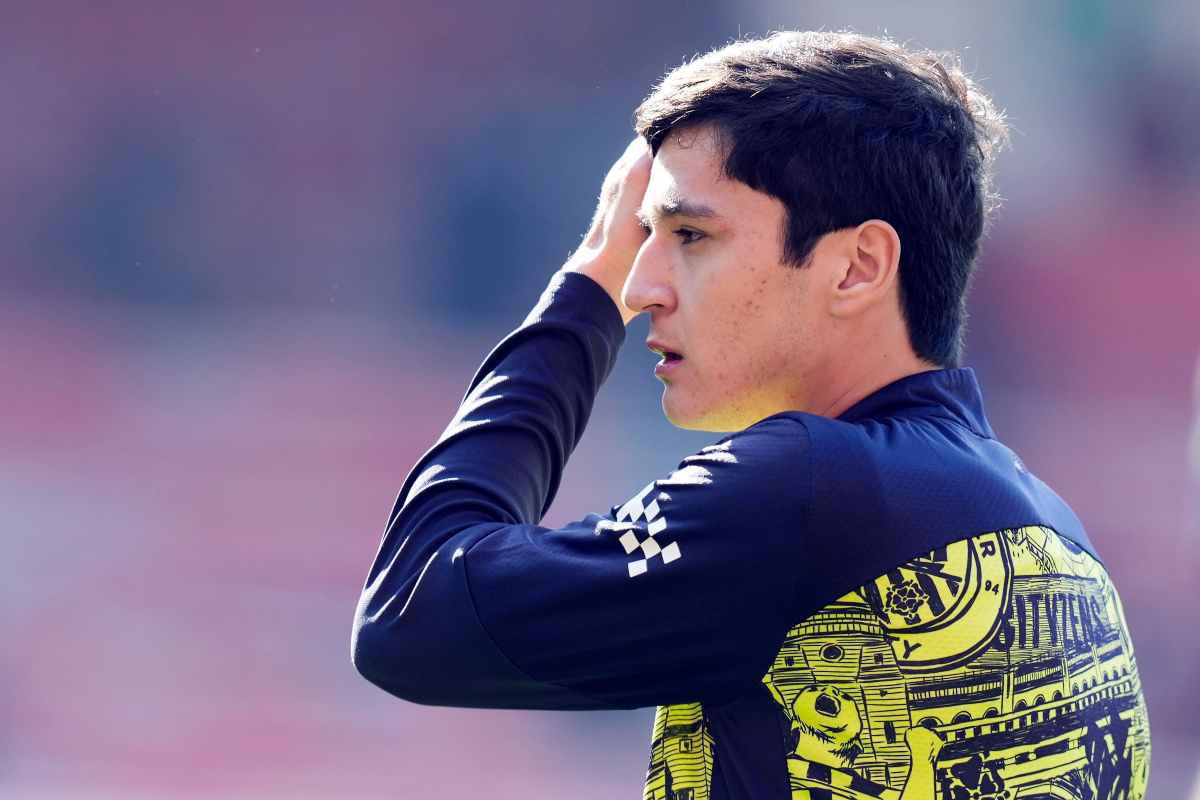
For six consecutive matches, Abdukodir Khusanov has remained on Manchester City’s bench, without a single minute on the pitch. A striking coincidence is that Khusanov’s relegation to the bench almost coincided with his trip to Uzbekistan, naturally leading fans and the football community to link these two events.
Concerns were raised that the various videos and events during Khusanov’s visit to Tashkent could harm him, with the media later using these moments to paint even normal situations in a negative light.
It must be acknowledged that after moving to Manchester, Khusanov became extremely popular in Uzbekistan. Now, he is recognized not only by those closely familiar with football but by almost everyone. This, however, reduces the likelihood of his situation at the club being perceived accurately or evaluated fairly. Many now hear remarks from acquaintances who previously never discussed football, such as, “Why isn’t Abdukodir playing?” or “Are they going to sell him?” or even, “That’s what happens when he hangs out with bloggers.” Who knows, perhaps even Khusanov himself is being asked, “Why aren’t you getting on the field?”
For this reason, we decided to revisit the topic, recalling, in the spirit of Abdulla Qodiriy, the brightest days and the snowy February.
Debut
If you’re even remotely familiar with football, you know that Abdukodir Khusanov’s transfer to Manchester City was a significant event. No matter how talented we considered him, joining this club was a massive leap for him. That’s why his immediate inclusion in the starting lineup from his early days and being named the team’s best player in February felt like a fairytale come true.
However, it’s worth noting the significant difference between Manchester City’s situation in February and now. Back then, Pep Guardiola had barely any fit defenders available. This was evident when Khusanov, just days after arriving in Manchester, was thrown into the starting lineup against Chelsea. Dias was injured, Walker had moved to Milan, and later Akanji, Ake, and Stones were sidelined for extended periods. The squad was left with only four pure defenders: Gvardiol, Dias, the newly arrived Khusanov, and Reis. Guardiola had no choice but to play Khusanov. Khusanov, in turn, made the most of this period, showcasing his strengths not only to the coaching staff but to all of England and Europe in a short time. English pundits began speaking of him as a full-fledged member of Manchester City. In just three months, he made strides far greater than expected.
Schedule
Looking at the opponents Khusanov faced in February and March – Chelsea, Tottenham, Liverpool, Real Madrid, Nottingham Forest, Brighton – all were top or near-top teams. As mentioned, City wasn’t in great shape at the time. With insufficient ball control and counter-pressing, the team often found itself without possession and forced to defend. After the international break, however, two things changed: first, Manchester City’s play improved significantly; second, the schedule shifted to include much weaker opponents, teams that play second fiddle and allow City to dominate possession.
For comparison, in the matches Khusanov played, City controlled the ball for an average of 56% of the time, whereas in subsequent games, this figure rose to 65%. The number of shots against City’s goal averaged 12 per game in earlier matches but has dropped to just under 8 recently. As Guardiola’s side began to dominate possession and play more offensively, the need for an additional defender diminished, and players more useful in the attacking line became a priority.
Additionally, as the season nears its end, Manchester City is fiercely competing for a Champions League spot. The goal is to win every match. In such conditions, giving opportunities to new players or experimenting with tactics becomes secondary and is deferred to a later time.
Competition
In the second half of the FA Cup match against Bournemouth, Nico O’Riley came off the bench and turned the game around. His confident play on the left flank secured the victory. During a results-driven period, coaches typically avoid changing a winning lineup. Since City exited the Champions League early, they’ve shifted to a “one game per week” schedule, eliminating the need for excessive rotation.
It’s worth noting that Khusanov isn’t directly competing with Nico O’Riley. On paper, it may seem that O’Riley’s inclusion in the starting lineup has pushed Khusanov to the bench, but the situation involves indirect competition – a chain reaction.
It was clear from the start that Khusanov, as a right-sided center-back, is a direct competitor to Ruben Dias. Our compatriot specializes in this position, and Dias, City’s leading and best defender, occupies the same role. In February and March, due to a shortage in the defensive line, Khusanov played in his natural position, while Dias partnered him as a left-sided center-back. When Nico O’Riley began excelling at left-back, Pep recalled that Josko Gvardiol had previously played as a center-back. Unlike Dias and Khusanov, Gvardiol is left-footed, and it’s well-known that coaches prefer a right-footed and left-footed pairing in central defense. In short, Gvardiol is currently playing on the left side of central defense, leaving Dias and Khusanov as the two candidates for the right-sided role. In crucial matches, choosing the experienced Dias is a logical decision.
Overall, competition exists not only between specific players but also between different tactical setups and strategies, which determine which player is more valuable to the team. If Pep Guardiola’s current winning setup – securing victories in seven of the last eight matches – has no place for Khusanov, this shouldn’t be attributed to the player’s poor preparation.
Haaland’s injury
Nico O’Riley’s successful integration into the team coincided with Erling Haaland’s injury. It’s well-known that Pep Guardiola’s teams emphasize midfield play, with wing-backs positioned high up the pitch to control possession in the opponent’s half and apply high pressing. In Barcelona and early Manchester City years, setups featured two center-backs and eight midfielders dominating possession. Players like Cancelo and Zinchenko could hardly be called defenders, right?
Haaland’s arrival changed much. Over the past two years, Guardiola’s football has become more vertical, with quicker attacks and a higher share of long passes. Naturally, this style reduces ball possession, increases turnovers, and leads to more counterattacks from opponents. As a result, Guardiola temporarily moved away from attacking wing-backs, opting for three or even four pure center-backs at times.
Why mention this? With Haaland injured, Guardiola has reverted to older setups – using inside forwards instead of a traditional striker, numerical superiority in midfield, and, of course, attacking defenders. Nico O’Riley fits this requirement perfectly. In a way, O’Riley’s rise to a regular starter, and Khusanov’s subsequent benching, is also tied to Haaland’s injury.
When will khusanov play?
Currently, Manchester City has 61 points from 34 matches, placing them fifth in terms of points dropped, securing a Champions League spot. However, Chelsea is just one point behind, so the race for a Champions League berth will likely continue until the final rounds. Guardiola is unlikely to make changes to a winning lineup. Even in matches with comfortable leads, substitutions typically involve attacking players. In upcoming rounds, City will face Wolves, Southampton, Bournemouth, and Fulham. Chelsea, meanwhile, will take on Liverpool, Newcastle, Manchester United, and Nottingham Forest. It’s possible that Chelsea could drop points earlier, allowing City to secure a top-five spot before the final rounds. In that case, the last few games could become mere formalities, potentially giving young defenders like Khusanov and Reis a chance to play.
Additionally, the FIFA Club World Cup in June presents another opportunity. Although FIFA requires clubs to field their strongest lineups, some experimentation in certain positions is likely. As mentioned earlier, Khusanov is already considered a first-team player by many. To ensure Ruben Dias is better prepared for the next season, Pep Guardiola may give Khusanov more playing time, which seems plausible. With additional cup competitions and tournaments next season, rotations will occur, and we hope to see Abdukodir on the pitch more frequently.
Discipline
Recently, Davron Fayziyev, head of the Uzbekistan Football Association’s press department, commented on the situation, stating that he had spoken with Khusanov and his inner circle. He confirmed that everything is fine, and training is proceeding as expected.
Of course, we cannot entirely dismiss the pedagogical aspect of the current situation. Discipline doesn’t always mean punishing bad behavior; it can also be understood as a process inherent in any professional environment. Khusanov is still very young and has made a tremendous leap in just one year. Upon arriving, he was named the team’s player of the month. In such circumstances, anyone could lose their bearings or drift from reality. I don’t believe Abdukodir Khusanov has such issues, but it’s natural for Pep Guardiola and his staff to consider these possibilities. They aren’t the best in the world for nothing.
Thus, keeping a player out of games for a period to restore mental balance and provide perspective on ongoing events is a perfectly footballing decision. Khusanov needs to understand that becoming a regular starter at Manchester City isn’t that easy – a lesson that will benefit his future career.
Related News
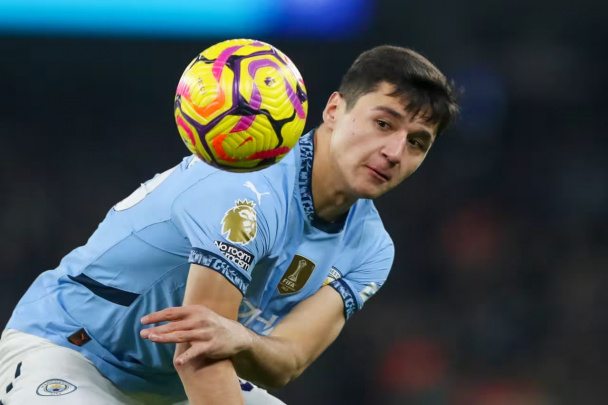
19:29 / 01.08.2025
Manchester City plans to retain Abdukodir Khusanov for next season
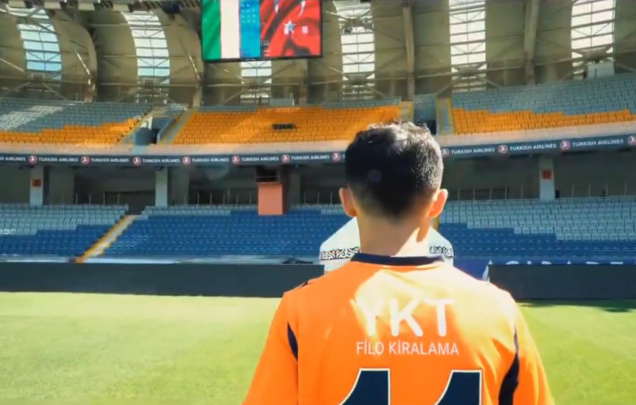
11:38 / 31.07.2025
Abbosbek Fayzullaev joins Istanbul Başakşehir on five-year deal
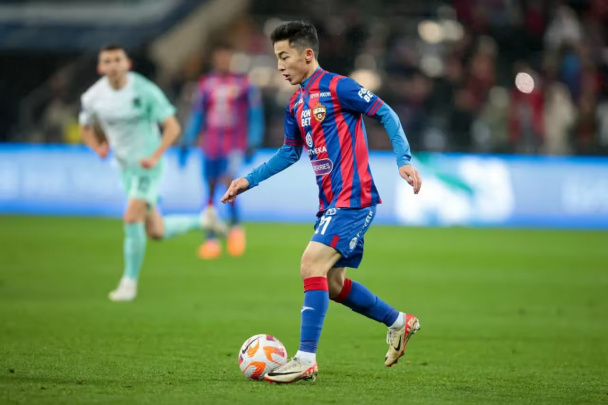
19:09 / 21.07.2025
Abbosbek Fayzullaev nears move to Turkey
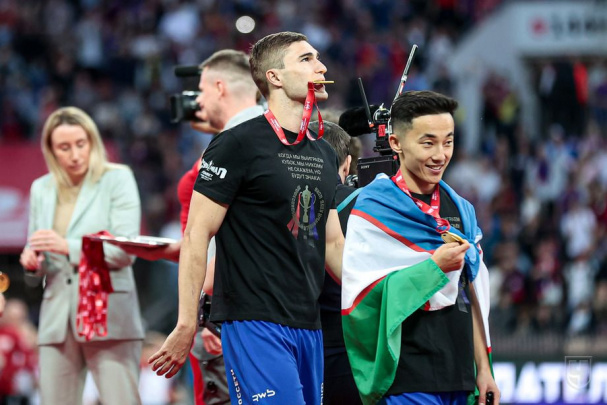
16:31 / 17.07.2025
